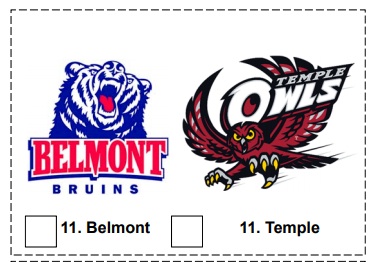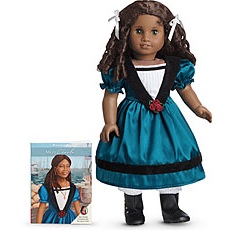We all know the Thanksgiving drill – you prepare delicious food, get everyone around the table, eat a feast. And don’t forget the Thanksgiving parade and epic football game. But have you ever questioned exactly why these are uniquely American traditions – why is it turkey and not duck for example, or why it is football and not baseball? Here are the 6 most popular Thanksgiving traditions and their (sometimes odd!) origins:
The first feast
Most of us know how the pilgrims arrived at Plymouth Rock in 1621, how they starved and were taught to survive and feed themselves by the natives, which resulted in the first harvest and the first feast. However, if you are to believe the residents of San Elizario in Texas, the first Thanksgiving was held much earlier in 1598, when the Spaniard Juan de Onate and his crew of 500 survived the crossing of the Chihuahuan Desert and celebrated by gulping down water and devouring a feast of fish in thanks. Others yet believe that the first Thanksgiving feast was held in 1565, in St. Augustine, between another Spaniard, Pedro Menendes de Aviles and Timucuan Indians.
The food
According to CNN, as many as 46 million turkeys get eaten annually across the United States. But while the turkeys may have been there at the first feast (they are, after all, local to the area where the pilgrims landed), the Wampanoag Indians would have brought deer meat, along with lobsters, clams and even eels. And based on their English palates, the pilgrims themselves would have likely preferred duck and goose. Despite their ubiquitous presence on the buffet line, cranberry sauce and sweet potatoes weren’t introduced to the Thanksgiving dinner table until 50 years further down the line.
The parade
Before the feasting on Thanksgiving food happens, the customary ritual for Thanksgiving morning is watching the Macy’s Thanksgiving Parade. This didn’t become tradition until 1924, when many of Macy’s immigrant workers wanted to celebrate the holiday with the kind of festival that their families did in Europe and held a parade of knights, clowns and jugglers. The first parade attracted as many as 250,000 viewers, and the store decided to hold the event every year. Now it is reported that as many as 50 million people tune in to watch it.
The date and Franksgiving
The National Thanksgiving Proclamation was the first formal proclamation of the holiday by George Washington. However, it wasn’t made into an official holiday in America until almost 50 years later by the persistent Sarah Josepha Hale. Hale’s petition for the national holiday lasted 17 years and as many as four presidencies, until her letter to Lincoln, who officially recognized Thanksgiving as the national holiday held on the fourth Thursday of November. While Hale became famed for her tenacity to get the holiday she wanted, she is most famous for writing the rhyme "Mary Had A Little Lamb."
However, it wasn’t smooth sailing for the holiday, as President Roosevelt decided to move Thanksgiving up one week in 1939, to boost retail during the Great Depression. However, his idea was opposed by as many as 16 states, and in 1941, he had to move the holiday back to its designated fourth Thursday. The Thanksgivings between 1939 and 1941 became known as Franksgivings.
Football
Watching a game of football is now as much a Thanksgiving staple as the Macy’s parade, but did you know that the first Thanksgiving game was hosted at The University of Detroit Stadium between the Detroit Lions and Chicago Bears? The idea came from G.A. Richards, who owned the Detroit Lions. He was keen to promote the game in baseball-crazy Detroit and approached NBC, asking them to broadcast the game. The game became the first-ever network broadcast event, and Detroit has played in every game since, only missing during World War 2.
The wishbone
Last but not least – many families debate over who will break the turkey’s wishbone on Thanksgiving and whose secret wish will come true. It turns out that this practice goes far back in history, perhaps as many as thousands of years, with the States inheriting the tradition from the Brits, who got it from the Romans, who got it from the Etruscans. Etruscans believed that birds had oracle powers and kept their furcular (wishbone) after they died, keeping the power of the oracle alive. People would stroke the bone and make their wishes, which is how the modern wishbone came into existence.
The staff of language learning app Babbel looked into these holiday traditions and dug around for their origins.






